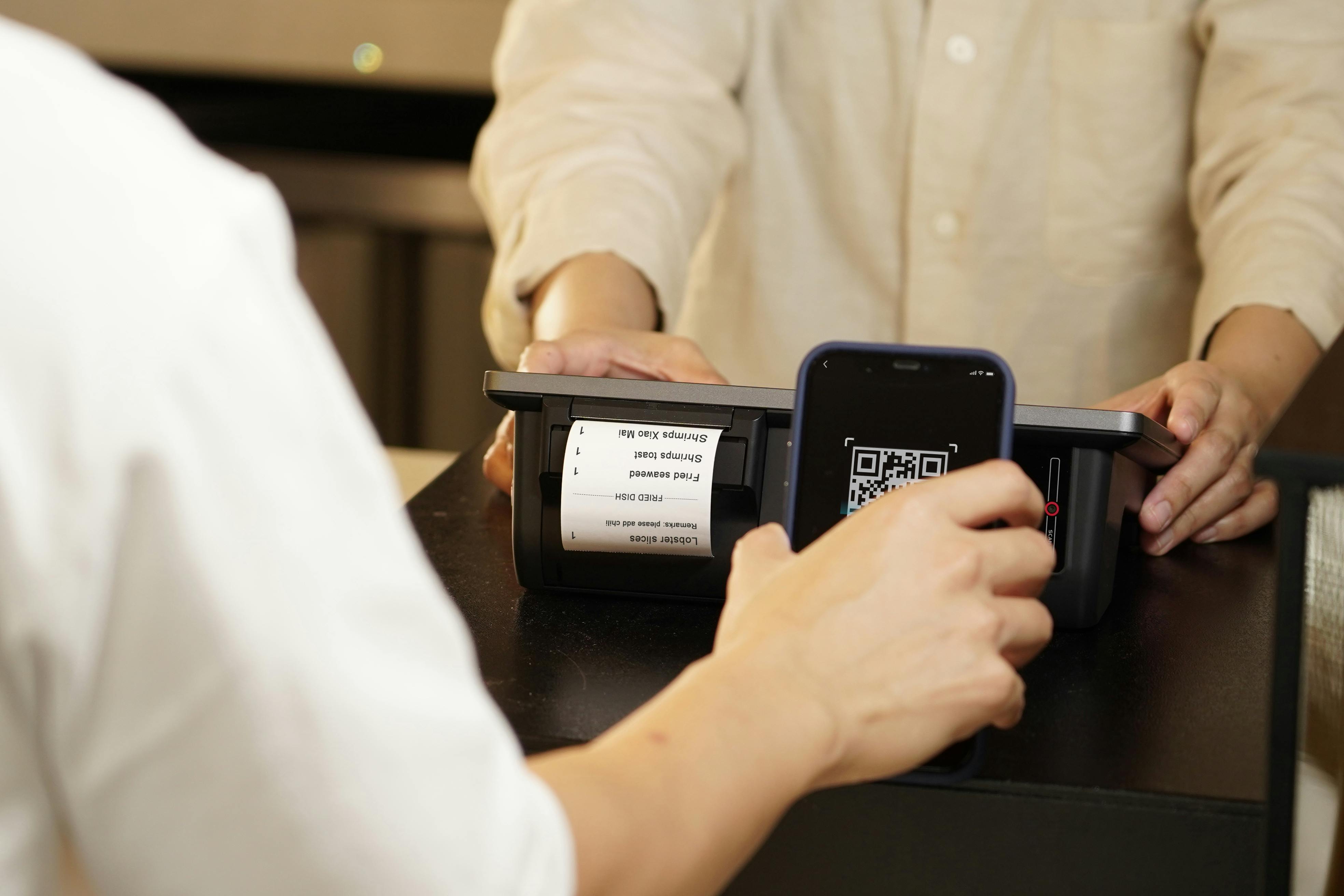In the realm of digital transactions, UPI (Unified Payments Interface) has emerged as a game-changer, offering unparalleled convenience and speed. However, despite its efficiency, encountering UPI transaction failures is not uncommon.
These failures can stem from various factors, ranging from technical glitches to security concerns. In this comprehensive guide, we’ll dissect the common causes behind UPI transaction failures and equip you with effective strategies to navigate through them seamlessly.
1. Insufficient Funds: The Bane of UPI Transactions
One of the primary reasons behind UPI transaction failures is insufficient funds in the payer’s bank account. When the account balance falls short of the transaction amount, the transaction is bound to fail. To avoid this, users must ensure that their accounts are adequately funded before initiating transactions.
Some helpful tips to overcome this issue include setting up balance alerts, maintaining a buffer in your account, and keeping track of your expenses to avoid unexpected shortfalls.
2. Incorrect Details: Precision Matters
Another prevalent cause of UPI transaction failures is entering incorrect beneficiary details, such as UPI IDs, mobile numbers, or account numbers. Even minor errors can lead to payment mishaps and inconvenience.
To mitigate this risk, always double-check the beneficiary details before proceeding with the transaction. Verify the accuracy of the UPI ID or account number to ensure a smooth payment experience. If in doubt, it’s better to take a moment to verify than to deal with the repercussions of a failed transaction later.
Read more: What is UPI and how does it work?
3. Technical Glitches: Managing Through Digital Hurdles
Despite advancements in technology, technical glitches can still occur and disrupt UPI transactions. Issues like server errors, app crashes, or network interruptions can lead to transaction failures, leaving users frustrated.
To overcome technical glitches, try refreshing the payment page, switching to a different network connection, or restarting the UPI app. If the problem persists, reach out to the customer support team of your bank or UPI service provider for assistance.
4. Network Connectivity Problems: Staying Connected
In today’s digital age, a stable internet connection is paramount for successful UPI transactions. Poor network coverage or intermittent connectivity issues can hinder the transaction process and result in failures.
To mitigate network connectivity problems, ensure that you have a reliable internet connection before initiating transactions. Consider using a Wi-Fi connection or switching to a different network provider if you encounter persistent connectivity issues.

5. Expired or Invalid UPI PIN: Reviving Transaction Credentials
Your UPI PIN acts as the key to authorize transactions, and an expired or invalid PIN can lead to transaction failures. Users must renew or update their UPI PIN regularly to ensure seamless transactions.
To address this issue, navigate to your UPI app’s settings and follow the instructions to update or renew your UPI PIN. Memorize your PIN and refrain from sharing it with anyone to maintain the security of your transactions.
6. Transaction Limits: Navigating Within Boundaries
Transaction limits imposed by banks or UPI service providers can also contribute to transaction failures. Exceeding these limits, whether daily transaction limits or per-transaction limits, can lead to transaction rejections.
To prevent transaction failures due to limits, familiarize yourself with the transaction limits set by your bank or UPI app. Plan your transactions accordingly to stay within these limits and avoid disruptions.
Read more: Is it safe to use UPI for money transactions?
7. Server Outages: Weathering the Storm
Server downtime or outages can disrupt the entire UPI ecosystem, leading to transaction failures and inconvenience for users. While server outages are beyond users’ control, there are ways to mitigate their impact.
During server outages, users can try initiating transactions at a later time when the servers are back online. Alternatively, contact customer support for updates on the outage and assistance with completing your transactions.
8. Security Concerns: Safeguarding Your Transactions
Last but not least, security concerns can contribute to UPI transaction failures. Instances of fraud or unauthorized access can undermine the integrity of transactions, leading to financial losses and inconvenience for users.
To bolster security, enable multi-factor authentication, regularly update your UPI app, and monitor your account for any suspicious activity. Report any unauthorized transactions or security breaches to your bank or UPI service provider immediately.
In conclusion, UPI transaction failures can be frustrating, but with the right knowledge and strategies, they can be navigated effectively. By understanding the common causes behind UPI transaction failures and implementing preventive measures, users can enjoy smoother and more reliable digital payment experiences. Whether it’s ensuring sufficient funds, verifying beneficiary details, or addressing technical glitches, proactive steps can go a long way in minimizing transaction failures and enhancing the overall UPI ecosystem.
Facing repeated UPI transaction failures and want a better app? Try the Airtel Thanks UPI app today. Send money by entering UPI ID or phone number, scan and pay via QR, pay your postpaid bills, recharge prepaid SIM card, port your number to Airtel and many more features. Download now!



